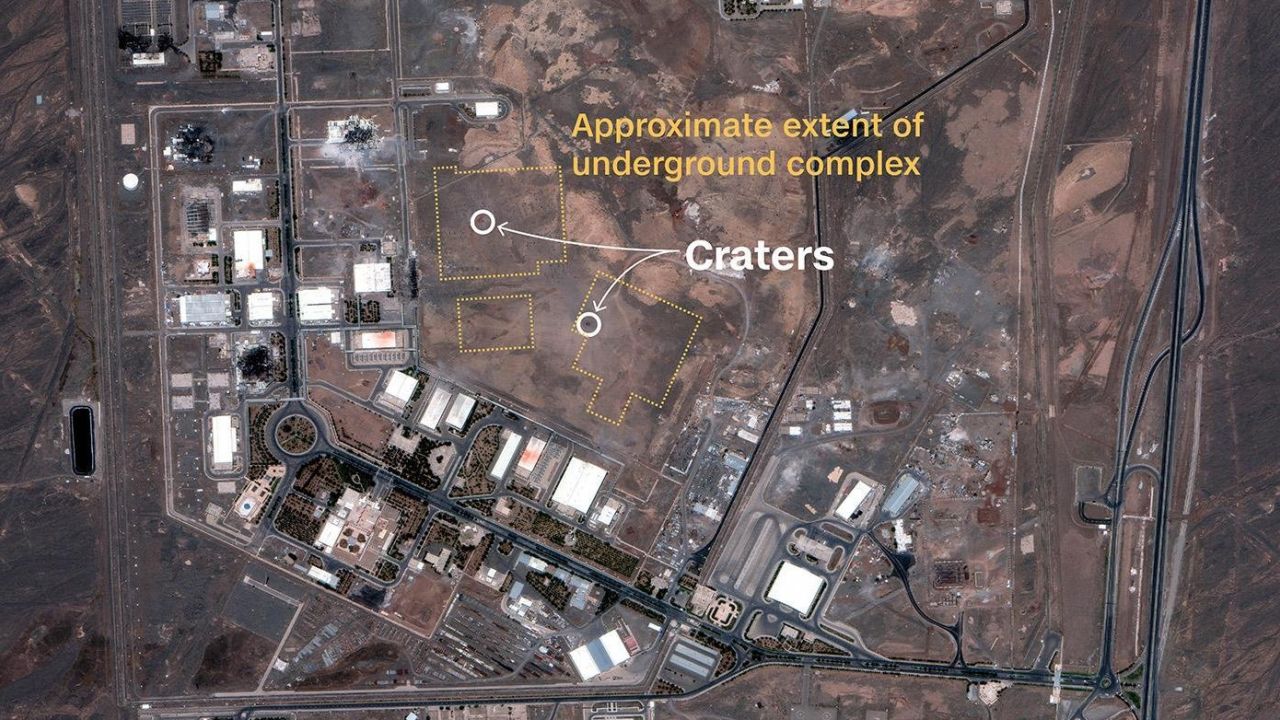BREAKING: 🚨 CNN doubles down, says US strikes on nuclear sites failed.
Trump Just Won High Praise For Iran Strikes From Someone You WON’T Believe
OPINION: This article contain commentary which do not reflects the author’s opinion.
How badly have US strikes damaged Iran’s nuclear facilities? Here’s what to know
Warplanes. Submarines. Cruise missiles. Bombs that weigh 30,000 pounds.
After initially favoring diplomacy, US President Donald Trump resorted to an extraordinary use of force against Iran on Saturday night, striking three of the regime’s key nuclear sites.
Trump claimed Iran’s nuclear facilities had been “obliterated,” but some Iranian officials downplayed the impact of the strikes – just as they did when Israel first struck Iran’s facilities on June 13.
With satellite imagery of the overnight strikes beginning to emerge, here’s what we know about the damage the US inflicted on Iran’s nuclear program.
Fordow
Fordow is Iran’s most important nuclear enrichment facility, buried deep inside a mountain to guard it from attacks.
The main halls are believed to be some 80 to 90 meters (262 to 295 feet) below ground. Analysts have long said that the US is the only military in the world with the kind of bomb required to burrow that deeply – the enormous, 30,000-pound GBU-57.
The US used six B-2 bombers to drop 12 of those “bunker-busting” bombs on the site, a US official told CNN.
A CNN analysis of satellite imagery showed that the US strikes left at least six large craters at the Fordow site, pointing to the use of bunker-busting bombs.
The images, captured by Maxar, showed six separate impact craters in two nearby locations at Fordow. The craters are visible along a ridge running over the underground complex.
Rafael Grossi, the head of the International Atomic Energy Agency (IAEA), the United Nations’ nuclear watchdog, told CNN that there had been a “direct kinetic impact” on Fordow, but that it was too soon to judge whether it had caused internal damage to the underground site.
“Of course, one cannot exclude (the possibility) that there is significant damage there,” he said.
A day later, in a statement to the IAEA’s board of governors, Grossi’s language sharpened.
“Given the explosive payload utilized, and the extreme(ly) vibration-sensitive nature of centrifuges, very significant damage is expected to have occurred,” Grossi said Monday






